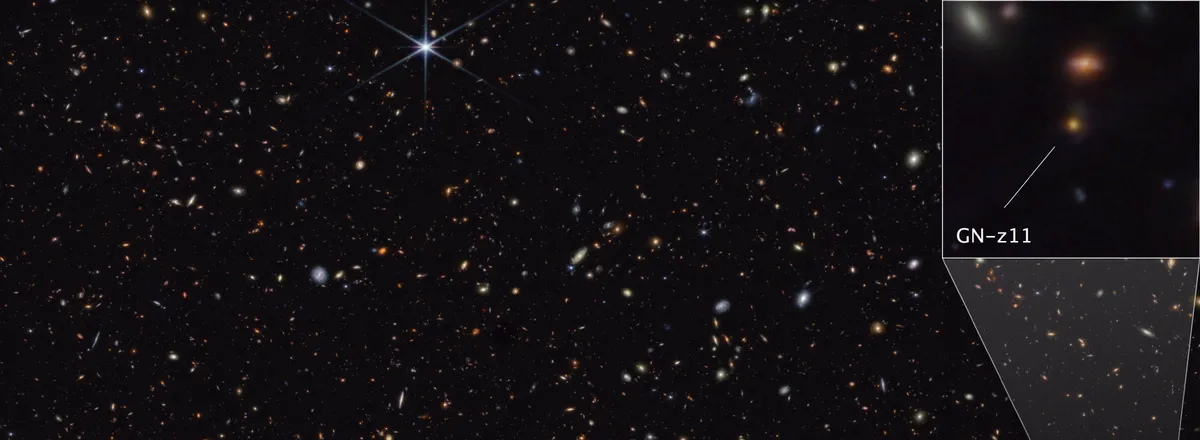Webb Telescope Discovers Evidence of Universe's Earliest Stars in Distant Galaxy
The WST has unveiled traces of Population III stars— the universe's original stellar inhabitants, composed solely of hydrogen and helium, elements from the dawn of time.

The James Webb Space Telescope (JWST) has cast light on what are believed to be the universe's very first stars, a spectacle that has eluded astronomers until now. These luminous beacons, residing within the galaxy GN-z11, present a living tableau of the cosmos as it was a mere 430 million years after the Big Bang. This discovery not only provides a window into the formative epochs of cosmic history but also challenges our understanding of galaxy formation.
The galaxy GN-z11, initially spotted by the Hubble Space Telescope in 2015, has fascinated scientists with its significant distance from Earth, making it one of the most remote galaxies known. Yet, it's the recent scrutiny by JWST that has unveiled traces of Population III stars— the universe's original stellar inhabitants, composed solely of hydrogen and helium, elements from the dawn of time. These stars, characterized by their immense mass and brilliance, mark the very threshold of stellar evolution.
Roberto Maiolino, from the University of Cambridge, and his team used JWST's advanced near-infrared capabilities to delve into the secrets of GN-z11. Their findings not only confirmed the presence of these ancient stars but also highlighted the galaxy's harboring of a voracious supermassive black hole. This celestial giant, feasting on surrounding matter, contributes to the galaxy's extraordinary luminosity.
The revelation of Population III stars by JWST opens new corridors in the quest to comprehend our cosmic origins. It suggests that the nascent universe was capable of forming massive stars more efficiently than previously believed, challenging existing models of galaxy evolution.

